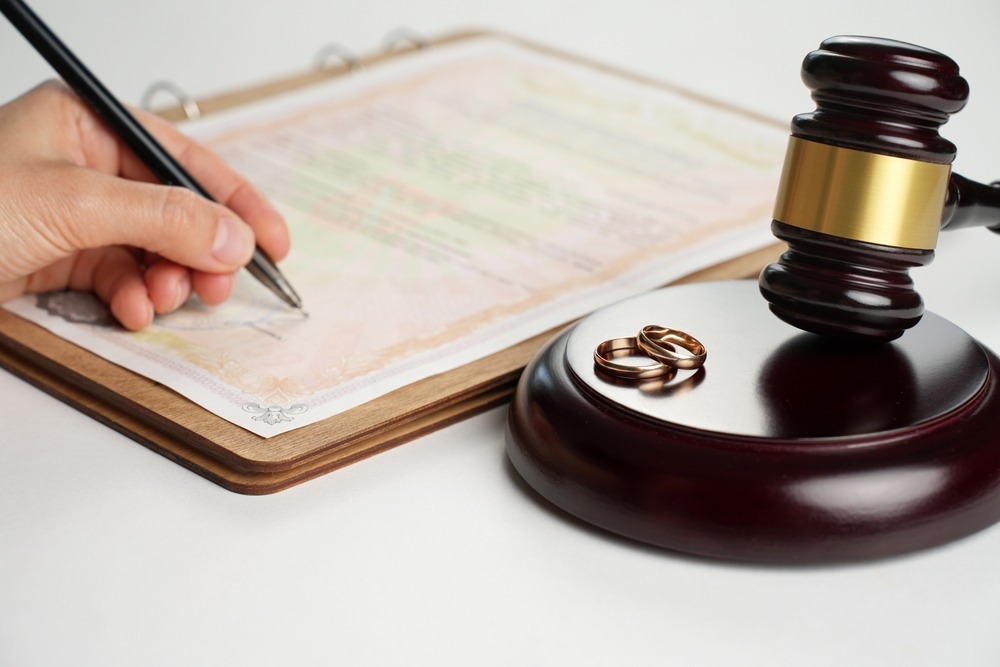A protective order issued during a divorce can significantly impact custody arrangements, property division, and the court process. Working with an Austin protective order attorney helps individuals understand how these legal protections influence their case and what steps to take to safeguard their rights. Knowing how courts handle protective orders in divorce proceedings is essential for navigating the legal system effectively.
How Protective Orders Affect Child Custody Arrangements
Protective orders can significantly impact child custody arrangements during divorce proceedings. When a court issues a protective order, it often includes provisions that directly influence custody and visitation rights.
Temporary Custody Changes
In cases where domestic violence is alleged, a protective order may grant temporary custody to the protected party. This immediate change aims to ensure the safety and well-being of the children involved. Courts prioritize the children's best interests, which may mean limiting or suspending the accused party's access to the children until the situation is fully assessed.
Supervised Visitation
Protective orders frequently result in supervised visitation arrangements for the parent against whom the order is issued. This measure allows continued parent-child contact while maintaining a safe environment. Depending on the circumstances and court directives, supervision may be conducted by a neutral third party or at a designated visitation center.
Long-Term Custody Considerations
While protective orders are typically temporary, their existence can influence long-term custody decisions. Courts consider any history of domestic violence when determining permanent custody arrangements. A protective order may be evidence in these deliberations, potentially affecting the final custody judgment and parenting plan.
Modification of Existing Orders
A protective order can prompt modifications for divorcing couples with preexisting custody agreements. The court may revise visitation schedules, pickup and drop-off procedures, or communication methods between parents to ensure compliance with the order's terms while maintaining appropriate parent-child relationships.
The Impact of Protective Orders on Property Division
Protective orders can significantly influence property division during divorce proceedings. Understanding these effects is crucial for both parties involved.
Freezing of Assets
When a protective order is issued, it often includes provisions to freeze certain assets. This measure prevents either party from selling, transferring, or disposing of property while the order is in effect. Such restrictions maintain the status quo and protect both spouses' interests until a final property settlement is reached.
Limited Access to Shared Resources
Protective orders may restrict one spouse's access to shared financial resources, such as joint bank accounts or credit cards. This limitation can make it challenging for the restricted party to manage daily expenses or legal fees. Courts typically consider these circumstances when making final property division decisions.
Temporary Possession of Property
In some cases, protective orders grant one spouse temporary possession of specific property, such as the family home, vehicles, or personal belongings. While not a permanent solution, this arrangement can impact negotiations and influence the final property division outcome.
Consideration in Final Settlements
Courts often consider the existence and circumstances of protective orders when determining equitable property division. Violations of these orders or evidence of financial misconduct may affect the court's decision to distribute assets fairly between the parties.
Navigating the Court Proceedings with a Protective Order
When a protective order is in place during divorce proceedings, it can significantly impact how the case unfolds. Understanding the nuances of this situation is crucial for all parties involved.
Impact on Court Appearances
With a protective order, you may need to attend court hearings separately from your spouse. This arrangement ensures your safety and compliance with the order's terms. Courts often implement special scheduling or separate waiting areas to minimize contact between parties.
Modified Communication Protocols
Direct communication between you and your spouse might be restricted or prohibited entirely. In such cases, all correspondence typically goes through attorneys or court-appointed intermediaries. This process helps maintain the protective order's integrity while allowing necessary legal discussions to proceed.
Evidence Considerations
The existence of a protective order can serve as compelling evidence in your divorce case. It may influence decisions regarding custody, property division, and spousal support. Be prepared to discuss the circumstances that led to the order's issuance, as it could play a pivotal role in the court's final judgment.
Potential for Mediation Limitations
While mediation is often encouraged in divorce cases, a protective order may alter this approach. Courts might mandate separate mediation sessions or forego mediation entirely depending on the nature of the protective order and the case's specifics.
Final Thoughts
Protective orders don’t just offer safety—they also shape key aspects of a divorce case. An Austin protective order attorney can provide legal guidance to ensure custody and property decisions are handled fairly. Taking the right legal approach can help secure protection and a just outcome.

.jpg)




